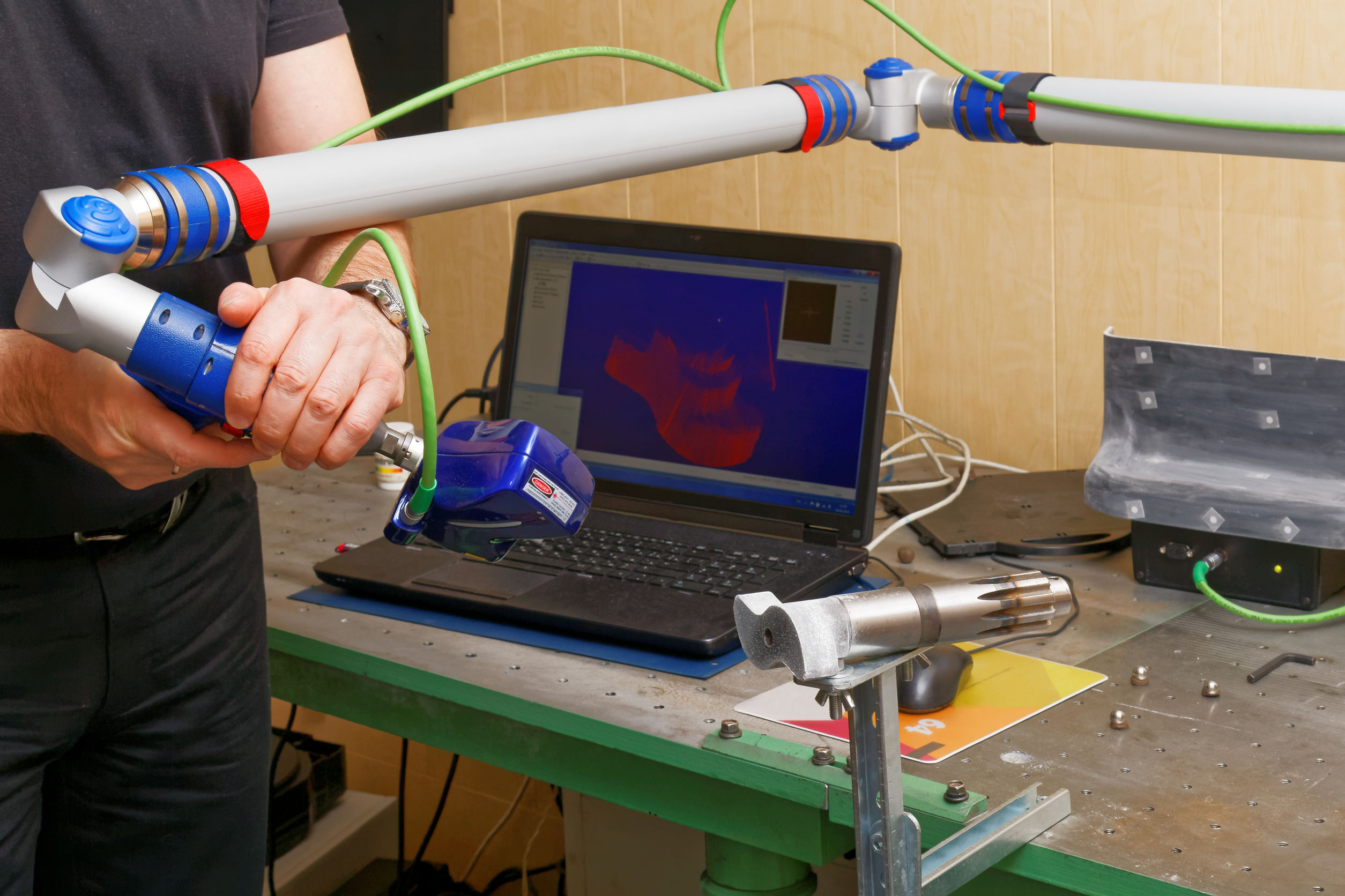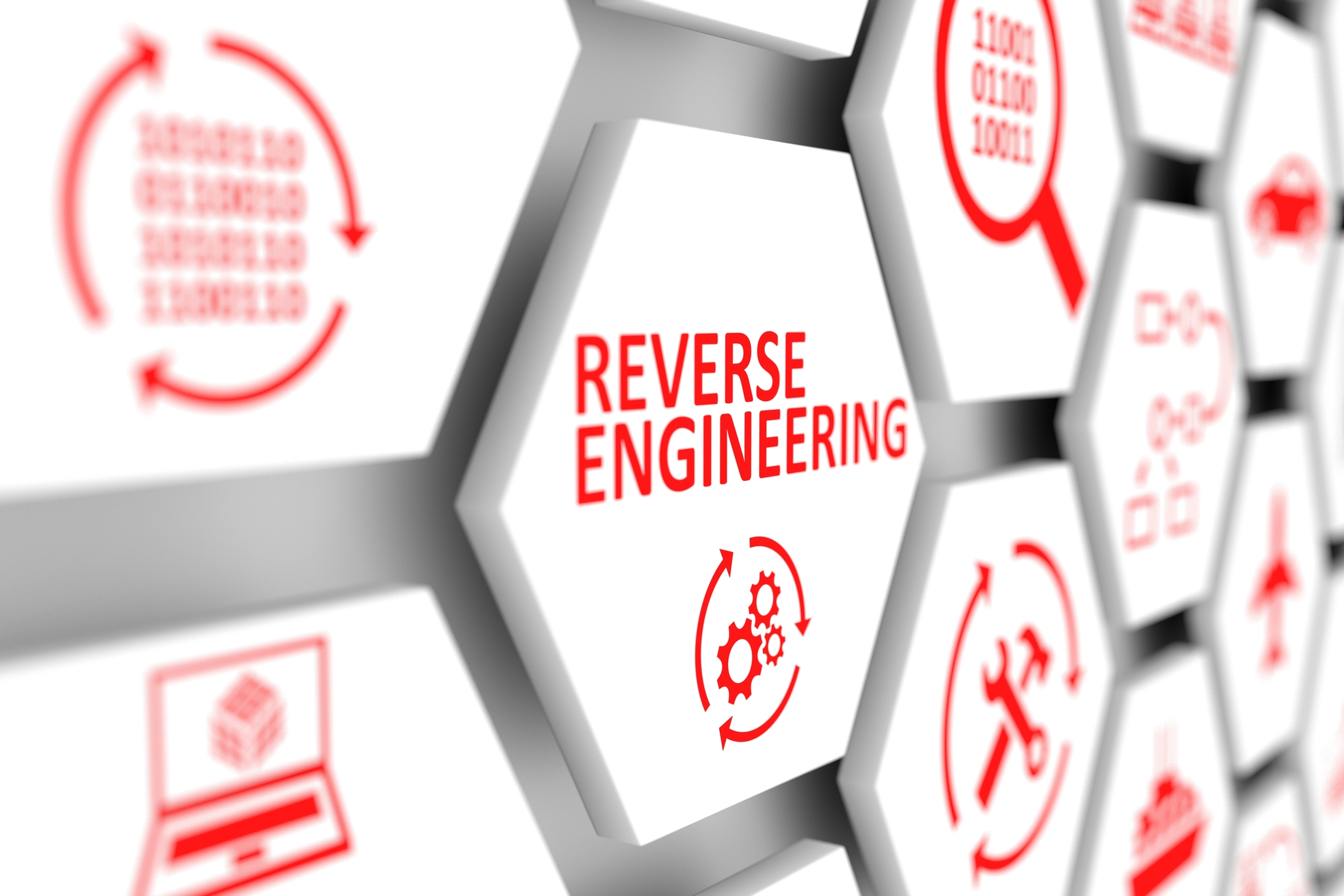Reverse engineering in the film industry refers to the process of meticulously analyzing and recreating key elements from existing movies or television shows, such as props and sets, in order to achieve a similar or identical visual appearance. This concept plays a vital role in creating immersive and authentic environments for various cinematic productions, ranging from historical dramas and classic adaptations to science fiction and modern-day narratives.

Prop recreation involves examining the visual details, materials, and design of existing props from movies or television. These props can include antique weaponry, historical artifacts, futuristic gadgets, or even everyday objects. By carefully studying references from the original production and consulting subject matter experts, skilled prop creators can replicate these objects with utmost precision, ensuring that they seamlessly blend with the overall aesthetic of the film or television project.

Set construction also heavily relies on reverse engineering techniques. When filmmakers aim to recreate historical locations or iconic settings from past productions, they embark on exhaustive research and analysis to gather accurate information about the architecture, decor, and overall design of the original set. This involves studying archival images, blueprints, and other historical documents, as well as visiting the actual location for reference. By employing these methods, set designers can painstakingly reconstruct these spaces, maintaining the essence and visual continuity of the original production.

The application of reverse engineering extends beyond creative endeavors. It also serves as a valuable tool for educational purposes and preservation initiatives. Film and television productions often recreate significant historical moments or settings to enhance the storytelling and bring educational content to life. By carefully reverse-engineering these aspects, filmmakers can create historically accurate representations that contribute to viewers’ understanding of past events and cultural traditions.
Furthermore, reverse engineering plays a crucial role in restoring and preserving classic films and television shows. As older productions face the challenges of aging and deterioration, new technologies and techniques enable filmmakers to painstakingly recreate essential elements, such as damaged film reels, lost musical scores, or missing props. Through this process, iconic works can be revitalized and preserved for future generations, ensuring their legacy endures for years to come.
Overall, reverse engineering in the film industry is a significant and versatile technique that allows filmmakers to recreate props and sets that accurately reflect past productions or historical contexts. It combines creativity, research, and meticulous craftsmanship to create immersive cinematic experiences that transport viewers to different worlds and time periods. Additionally, reverse engineering contributes to educational initiatives and preservation efforts, helping to keep cultural heritage and historical events alive through the magic of cinema.

This is an amazing technique. It’s great to see how filmmakers are using this technology to create such realistic and immersive experiences for audiences. I can’t wait to see how this technology will continue to develop and what kinds of amazing things filmmakers will be able to create with it in the future.
I’m not so sure about this. It seems like a lot of work to recreate props and sets when you could just use the real thing. And how do you know that the recreations are accurate? It seems like there’s a lot of room for error.
Reverse engineering is a complex and time-consuming process, but it can be extremely rewarding. By carefully studying the original props and sets, filmmakers can create highly accurate recreations that help to bring the film to life. This technology has been used in a number of successful films, including The Lord of the Rings and The Hobbit trilogies.
I think this is a waste of time and money. Why can’t filmmakers just use their imaginations to create new props and sets? Why do they have to rely on recreating the past? It’s not like they’re making documentaries.
Oh, the irony! Filmmakers are using technology to recreate the past, when they could just use the past to create the future.
Wow, this is amazing! I can’t believe how realistic these recreations are. It’s like they’ve stepped right out of the past.
I wonder if they’ve recreated the coffee machine from Back to the Future. I could really use a cup of that right now.
Reverse engineering is a fascinating process that allows filmmakers to create highly accurate recreations of props and sets. This technology has been used to bring to life some of the most iconic films of all time, and it is sure to continue to be used in the future to create even more amazing cinematic experiences.
I’m not convinced. How do you know that these recreations are accurate? It seems like there’s a lot of room for error.
Reverse engineering is a complex and time-consuming process, but it can be extremely rewarding. By carefully studying the original props and sets, filmmakers can create highly accurate recreations that help to bring the film to life.
I think this is a waste of time and money. Why can’t filmmakers just use their imaginations to create new props and sets?
Oh, the irony! Filmmakers are using technology to recreate the past, when they could just use the past to create the future.
Wow, this is amazing! I can’t believe how realistic these recreations are. It’s like they’ve stepped right out of the past.
I wonder if they’ve recreated the coffee machine from Back to the Future. I could really use a cup of that right now.
Reverse engineering is a fascinating process that allows filmmakers to create highly accurate recreations of props and sets.